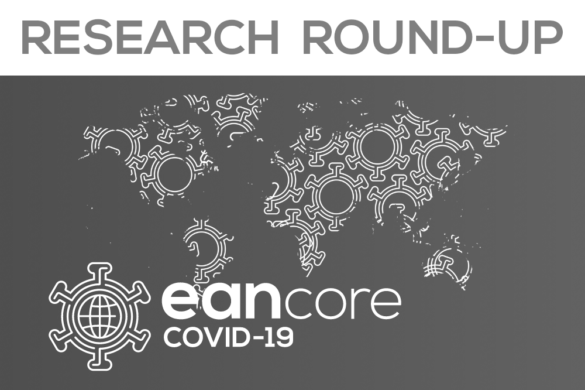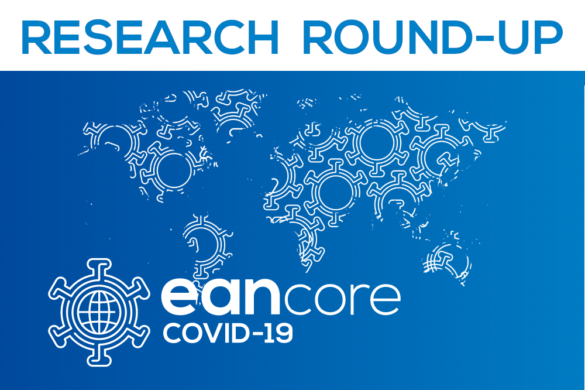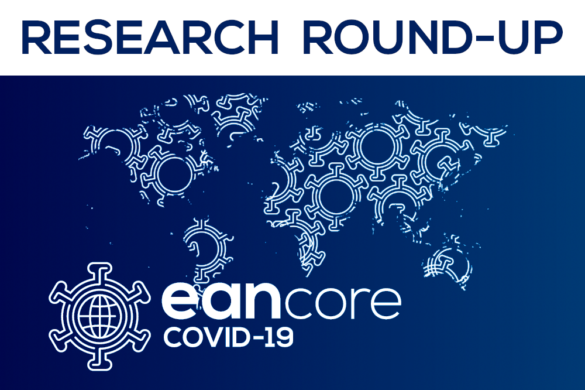Literature Review (Grey)
The unprecedented public health and economic impact of the COVID-19 pandemic caused by infection with SARS-CoV-2 has been met with an equally unprecedented scientific response. Much of this response has focused, appropriately, on the mechanisms of SARS-CoV-2 entry into host cells, and in particular the binding of the spike (S) protein to its receptor, angiotensin-converting enzyme 2 (ACE2), and subsequent membrane fusion. This Review provides the structural and cellular foundations for understanding the multistep SARS-CoV-2 entry process, including S protein synthesis, S protein structure, conformational transitions necessary for association of the S protein with ACE2, engagement of the receptor-binding domain of the S protein with ACE2, proteolytic activation of the S protein, endocytosis and membrane fusion. The authors define the roles of furin-like proteases, transmembrane protease, serine 2 (TMPRSS2) and cathepsin L in these processes, and delineate the features of ACE2 orthologues in reservoir animal species and S protein adaptations that facilitate efficient human transmission. They also examine the utility of vaccines, antibodies and other potential therapeutics targeting SARS-CoV-2 entry mechanisms. Finally, they present key outstanding questions associated with this critical process.
Jackson, C.B., Farzan, M., Chen, B. et al. Mechanisms of SARS-CoV-2 entry into cells. Nat Rev Mol Cell Biol (2021). https://doi.org/10.1038/s41580-021-00418-x.









